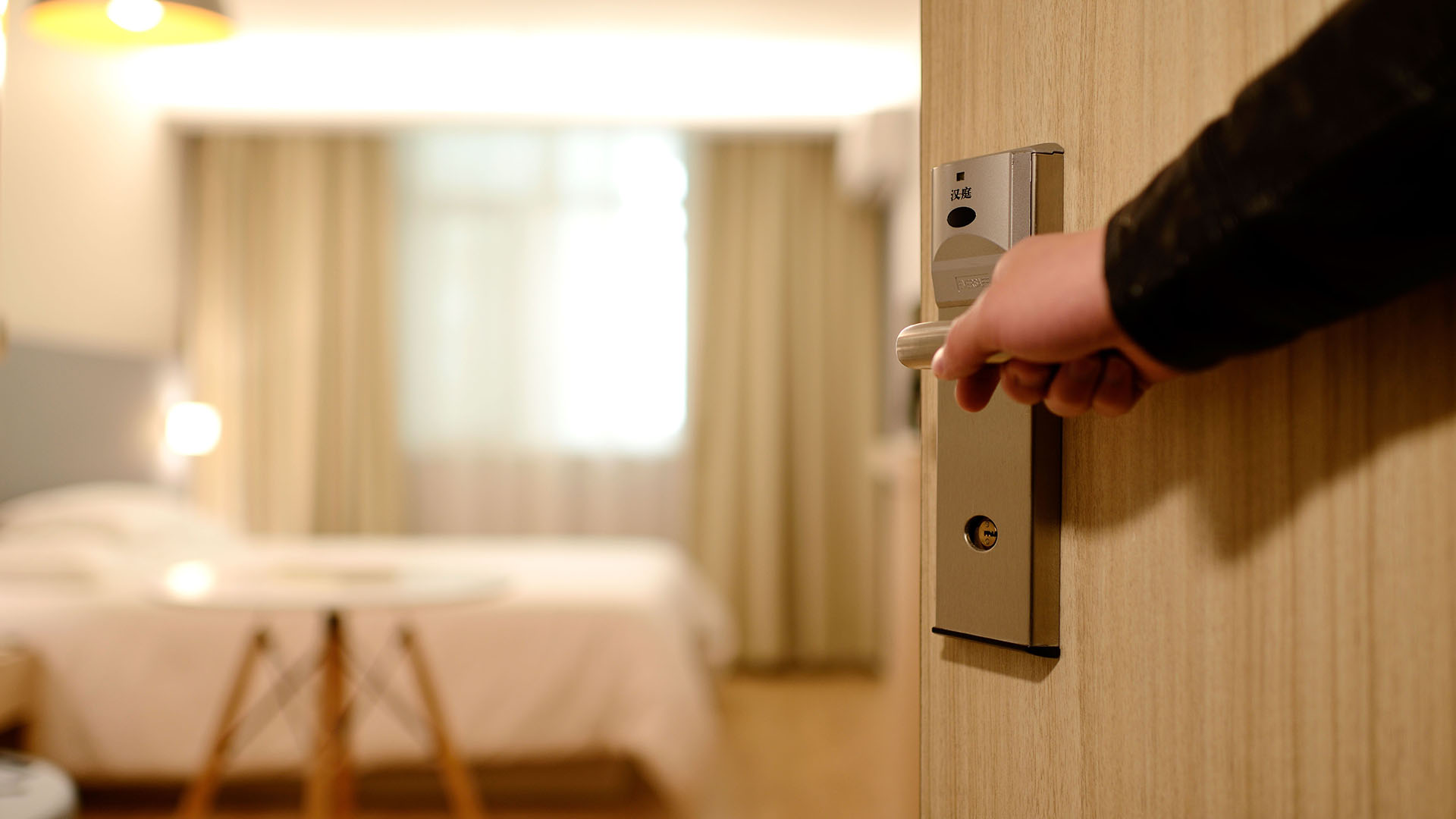Summer vacation season is just around the corner and while most travelers are thinking about fun in the sun, one lurking pest may be lying in wait: bed bugs. June 5–11 is designated as Bed Bug Awareness Week because infestations tend to spike in late spring and summer due to a heavy travel season. In this blog, we will teach you the signs of bed bugs and how to get rid of them.
Searching Out Bed Bugs while Traveling
If you’re traveling, take these steps when you first enter a hotel room to check for bed bugs:
- Place your luggage on a luggage rack or in the bathroom. It is least likely these two spots would have bed bugs on them that could crawl onto your luggage and hitch a ride back to your home.
- Pull back the bed sheets and check the mattress and box spring seams for bugs, specifically at the head of the bed. Adults and eggs should be visible to the naked eye. Also keep an eye out for rust-colored spots, which can be bed bug excretions.
- Also check any upholstered furniture, especially around the seams, in the room. Bed bugs can be found in couches and chairs as well as beds.
- Bed bugs can leave an offensive odor in a room, so be wary of any room that doesn’t smell fresh and clean.
Getting Rid of Unwanted Visitors
Should you be unlucky enough to bring bed bugs back with you as a souvenir from your vacation, there are a few things you can do:
- Put anything that could possibly be infested into the dryer for at least 30 minutes on high. While washing will remove any excrement, it may not kill the bug, but the heat from the dryer will.
- Vacuum your mattress and around your bed frequently to pick up any bugs and eggs. Be sure to empty the vacuum each time into a plastic bag and place it in a garbage can outdoors. Bed bugs are very resilient and can sneak back out the vacuum cleaner.
- Get rid of any clutter around your bed or the infected area to remove spots for the bugs to hide.
- Encase your mattress and box spring in a tightly woven zippered cover to keep bed bugs from escaping or entering. Shockingly, bed bugs can live for several months without feeding, meaning the cover needs to stay on for at least that long—and maybe a little longer, just to be certain.
How We Can Help
Unfortunately, the above isn’t always enough to prevent a full-blown infestation, which requires professional treatment. We offer two types of bed bug removal methods to treat the problem:
- Conventional application: Three insecticide treatments are necessary to ensure elimination. The advantage of an insecticide application is that the residual insecticide continues to offer protection for a period of time.
- Heat remediation: The entire space is heated to about 135̈°F and maintained for a period of time. This method requires much less preparation, and one treatment kills all life stages of the bed bug. Heat can be employed as a stand-alone bed bug treatment [no warranty offered though] or can be used in conjunction with the use of insecticide [90-day warranty].
We will inspect your home to determine the extent and severity of the infestation and make a recommendation regarding the best treatment option for your situation. Through our canine scent detection program, our specially trained dog can detect bed bugs and find even the smallest infestation with incredible accuracy.
If you’re struggling with unwanted post-vacation visitors, contact us as soon as possible as bed bug bites can be itchy and annoying, and can also trigger allergic reactions.

